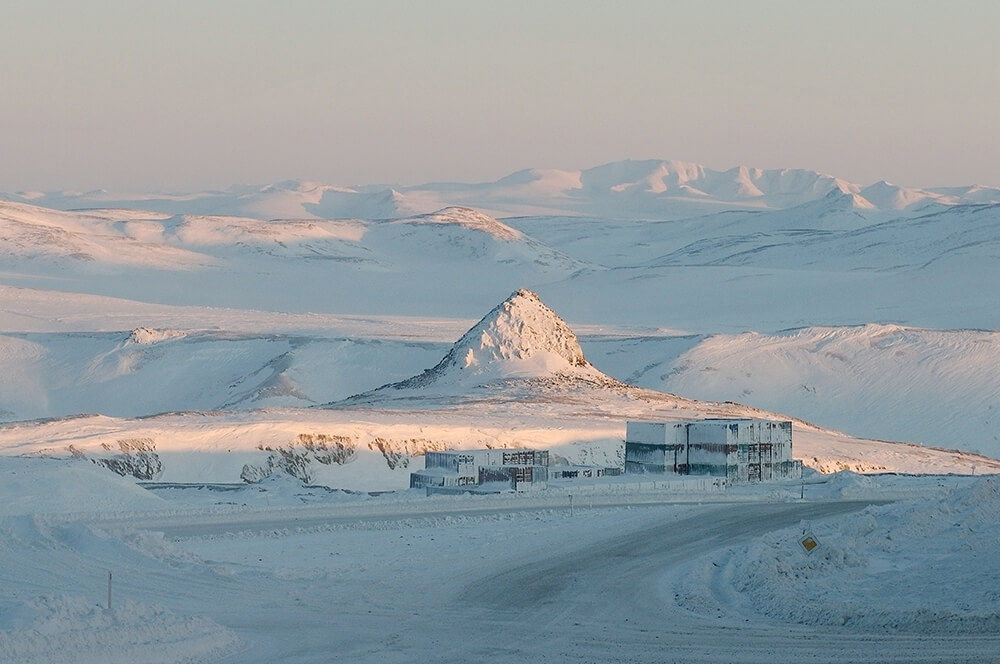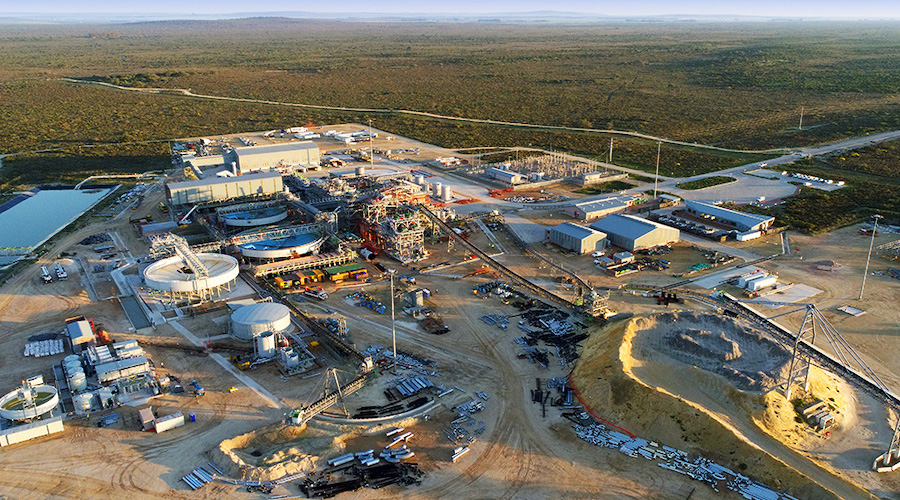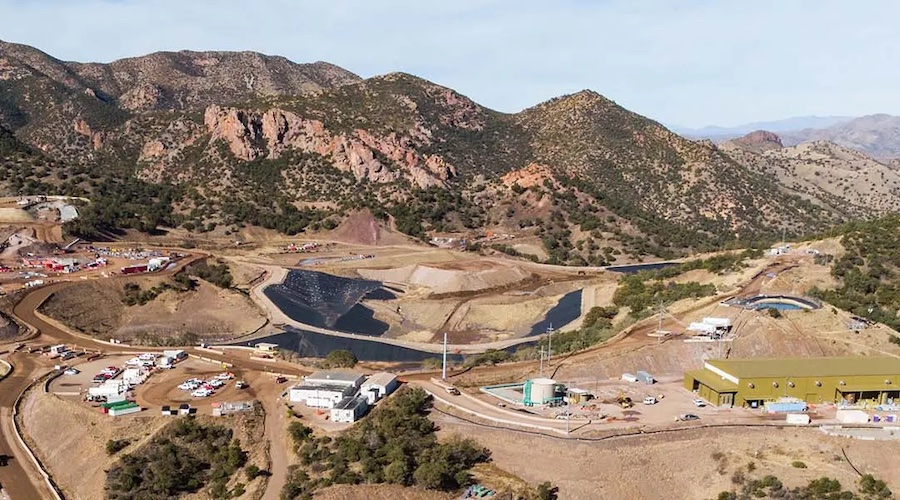Kinross says Russian gold mines unaffected by sanctions

Canadian senior miner Kinross Gold (TSX: K; NYSE: KGC) says its operations in Russia are operating to plan and currently remain unaffected by Western and US sanctions announced on February 22.
US president Joe Biden announced the first wave of sanctions on Russia on Tuesday after Moscow’s order to deploy troops to eastern Ukraine. Vladimir Putin said on Monday he recognized two breakaway Ukrainian regions as independent states.
Australia’s Rio Tinto (NYSE: RIO; LSE: RIO; ASX: RIO) also said on Wednesday US sanctions on Moscow over the Ukraine crisis may affect Russia’s aluminum industry, which could spill over to the steel industry, CEO Jakob Stausholm said on a call with reporters.
Kinross expects 2022 gold production from Russia to account for about 13% or 350,000 ounces of its annual gold-equivalent production profile. The region contributed 481,108 ounces of gold equivalent during 2021.
The company’s assets are in the Russian Far East and are approximately 7,000 kilometres away from Ukraine.
Kinross currently operates the underground Kupol mine in the Chukotka region. Ore stockpiles from the Dvoinoye operation, where mining activities ceased in 2020, are processed at the Kupol mill.
At Kupol and Dvoinoye, 2021 full-year production was lower than the 511,000 ounces of gold equivalent produced in 2020, mainly due to anticipated lower grades following the demise of mining at Dvoinoye as Kupol continued to transition to mining narrower veins.
Full-year cost of sales per ounce sold increased compared with 2020 mainly due to lower production and decreased quarter-over-quarter mainly due to lower labour costs.
Kinross has a record of successfully operating in Russia for more than 25 years and has previously managed through similar situations while complying with applicable laws.
Kinross refines gold produced from its Russian mines in-country and retains the flexibility to sell its gold domestically and internationally.
The company says it has established diversified procurement and logistics structures in Russia, with most of its procurement coming from within the country. About 98% of Kinross’s Russian subsidiaries’ employees are Russian locals, and given the ice road supply season, its operations have a full year of supplies on hand.
The company said it will continue to monitor sanction developments closely.
Kinross most recently made headlines when it announced an agreement to acquire Great Bear Resources (GBR: TSXV) and its 100%-owned Dixie gold project in northwestern Ontario’s Red Lake Mining District. Some investors saw the move as ‘credit negative,’ given the pre-resource status of Dixie and the expectation that picking up the asset for $1.4 billion will increase Kinross’s leverage, reduce available liquidity, and introduce potential project execution risk to the portfolio.
Earlier in February, Kinross reported it had swung to a fourth-quarter loss of $2.7 million, mainly due to production interruptions at critical assets. This included the temporary suspension of milling operations after a fire at its Tasiast mine in Mauritania and deferred mining activity at Round Mountain in Nevada.
Kinross said it also booked a write-down of $106.1 million related to a reduced estimate of recoverable ounces at its Bald Mountain mine in Nevada.
On an adjusted basis, Kinross earned $101.8 million, or 8c per share, in the three months ending December 31, compared with $335.1 million, or 27c per share, in the prior year’s quarter.
Kinross shares quoted in Toronto last traded at C$5.56 apiece, giving the company a market capitalization of C$6.95 billion ($5.47 billion). Kinross stock has eased almost 20% over the past 12-month timeframe, despite the gold price holding steady at the above $1,800 per-ounce level.
More News
{{ commodity.name }}
{{ post.title }}
{{ post.date }}



Comments